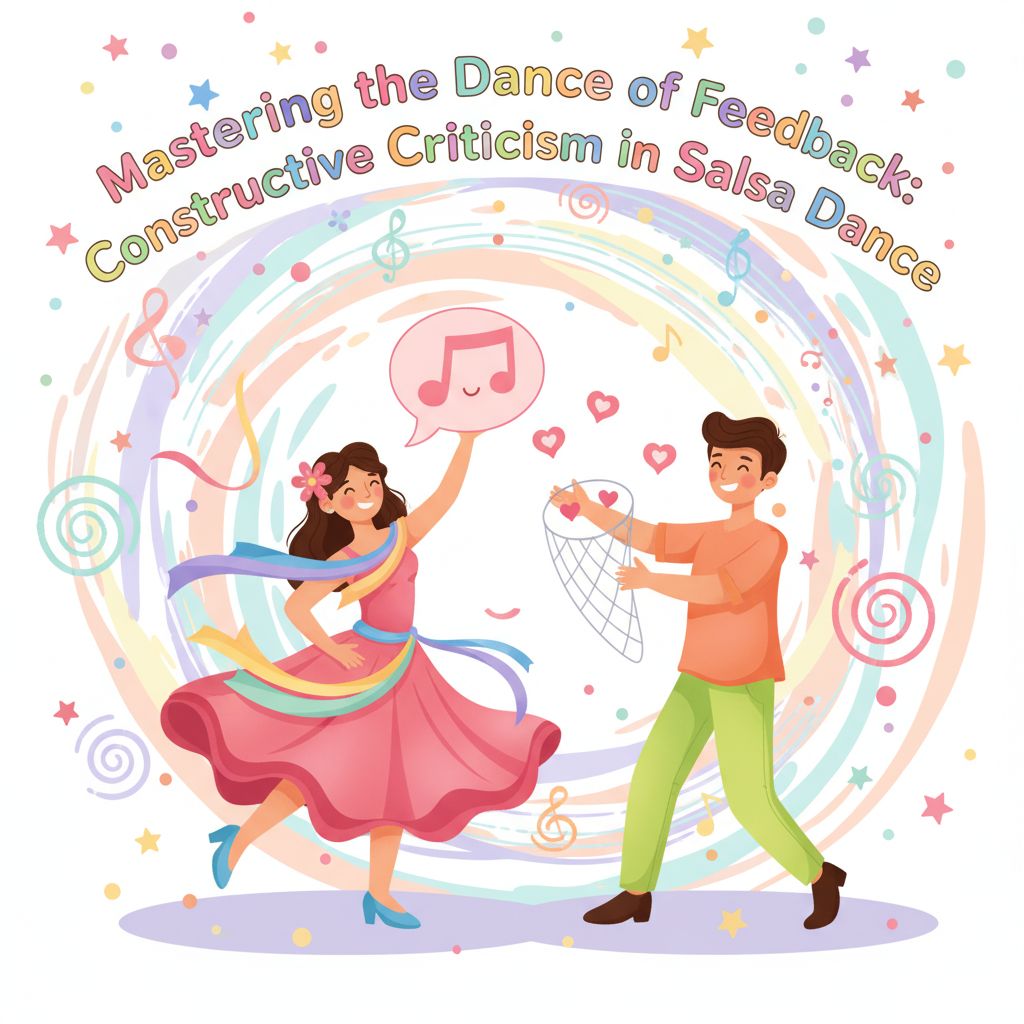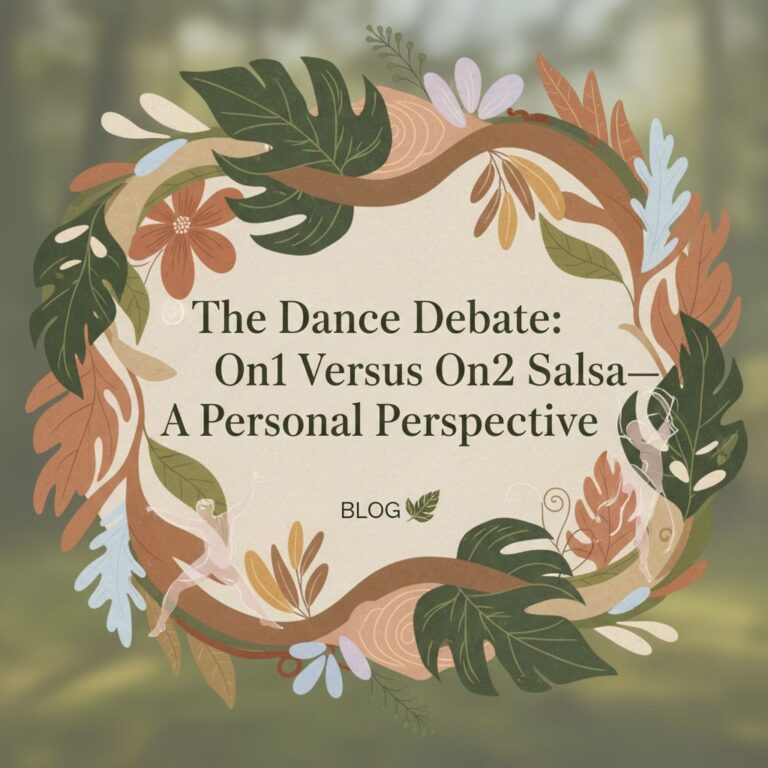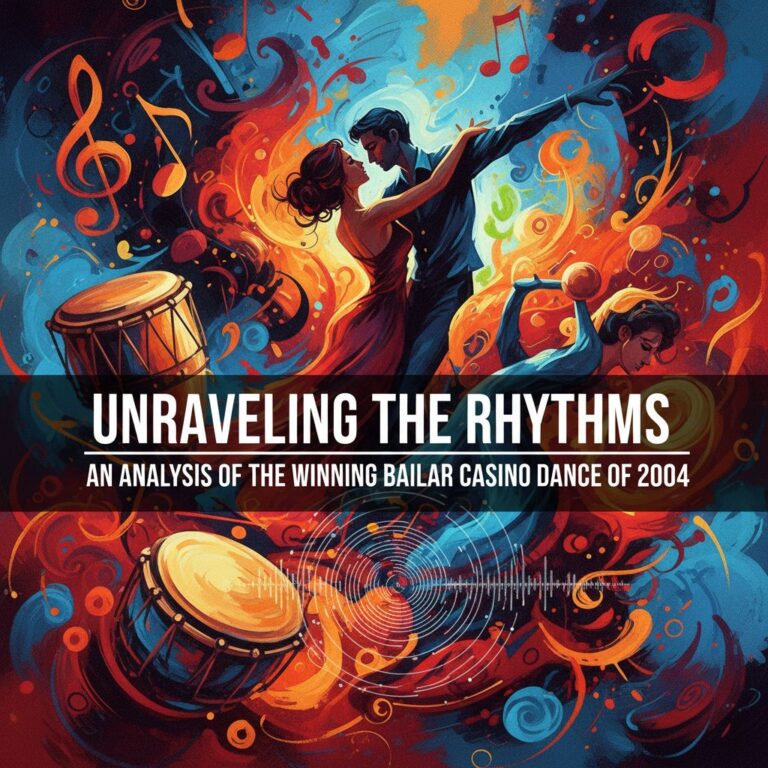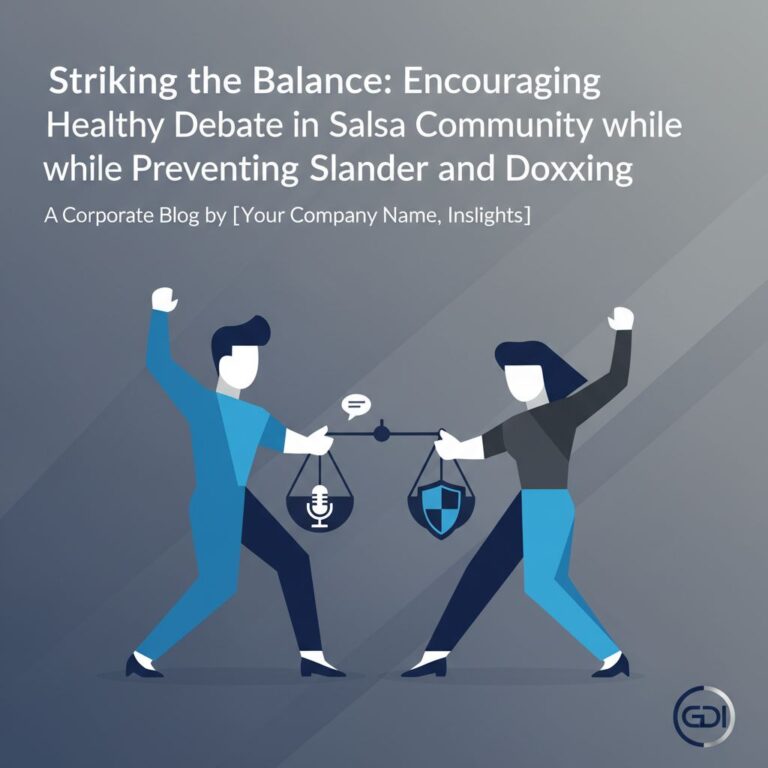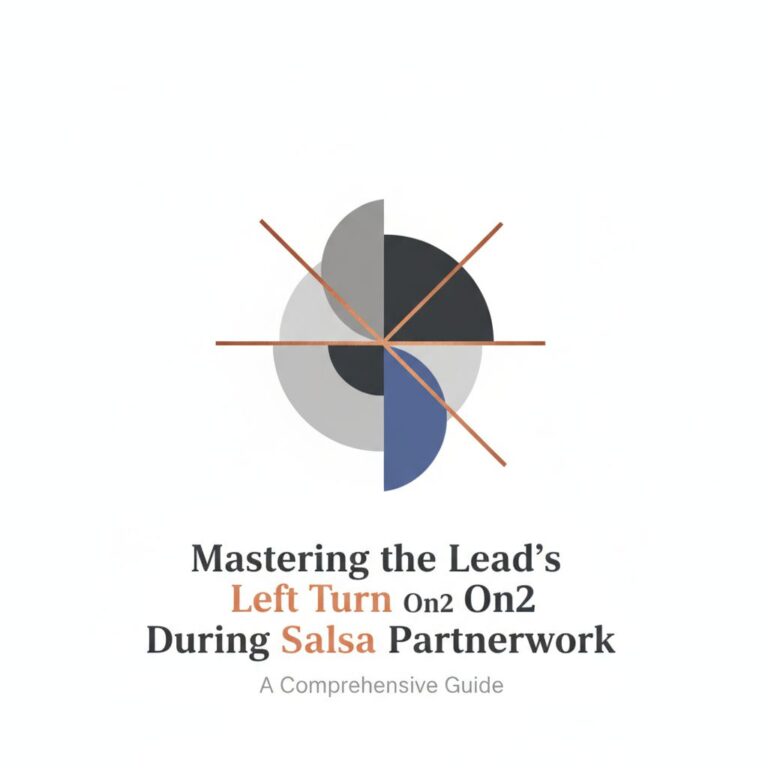Understanding the Role of Constructive Criticism
In the world of salsa, constructive criticism serves as a catalyst for growth. It provides dancers with the essential perspective they need to expand their repertoire, hone their skills, and enrich their performance. Let’s delve into what constructive criticism entails and how it can be leveraged to raise the bar in salsa.
Elements of Constructive Criticism
At its core, constructive criticism is about providing clear, actionable feedback. It’s focused on the dance, not the dancer. It acknowledges strengths while identifying areas of improvement. In salsa, this might entail discussing footwork, timing, musicality, or connection with a partner.
Embracing Constructive Criticism
Embracing constructive criticism is the first step to progress. It’s not necessarily about agreeing with every point made, but rather about maintaining an open mind, evaluating the feedback, and discerning what resonates with your dance journey.
Managing Reactions and Reflection
There’s no denying that criticism can sting. It’s natural to feel defensive or disheartened when someone points out our flaws. However, reconditioning our response to feedback is pivotal in turning constructive criticism into a tool for growth. The power lies in separating your performance from your persona, viewing the feedback as a stepping stone rather than a stumbling block.
Applying Constructive Criticism
Once we’ve accepted the criticism, the next step is to implement it. This process involves understanding the feedback, breaking it down into actionable steps, and integrating it into your practice sessions.
Dealing with Specific Areas
In salsa, constructive criticism often revolves around a few key areas: timing, footwork, body movement, and connection. Addressing these aspects one at a time can lead to meaningful improvements in your performance. For instance, if the feedback is about your timing, you could focus on listening to the music more closely and practicing your steps to the rhythm.
Constructive Criticism: A Continuous Journey
It’s important to remember that the process of receiving, accepting, and applying constructive criticism is continuous. As we grow as dancers, so does the depth and complexity of the feedback we receive. This continuous dialogue is what keeps us on our toes – literally and figuratively – and fuels our journey towards becoming more proficient salsa dancers.
Remember, every salsa dancer, regardless of their proficiency level, can benefit from constructive criticism. It’s all about fostering the right mindset and harnessing the potential of feedback to fuel your growth.
Final Thoughts
Constructive criticism in salsa is more than just a tool for improvement; it’s a dance of feedback that fosters growth, facilitates learning, and enriches our understanding of the art form. So, the next time you step onto the dance floor, embrace the rhythm of constructive criticism and let it guide your dance journey towards new heights and horizons.

